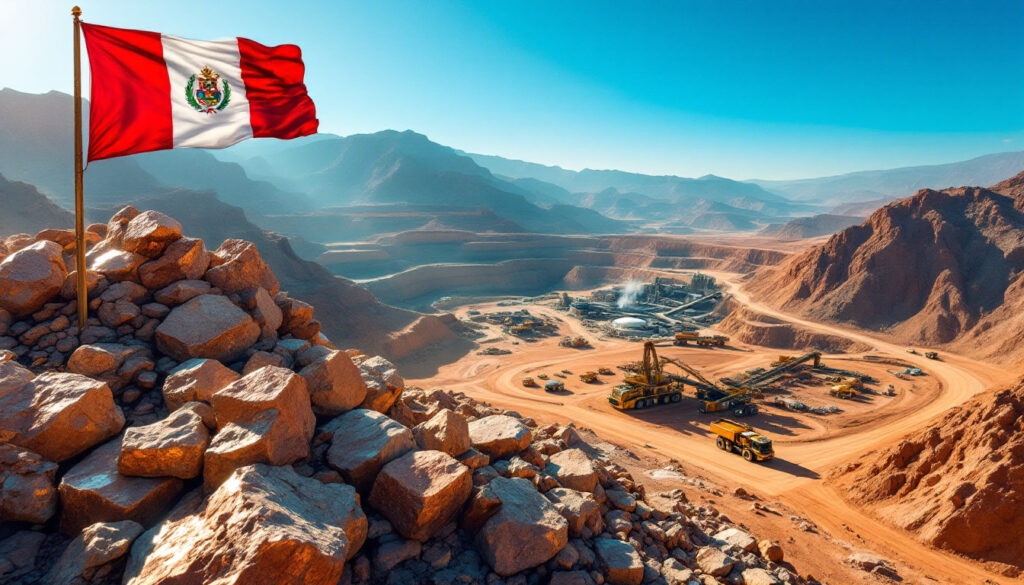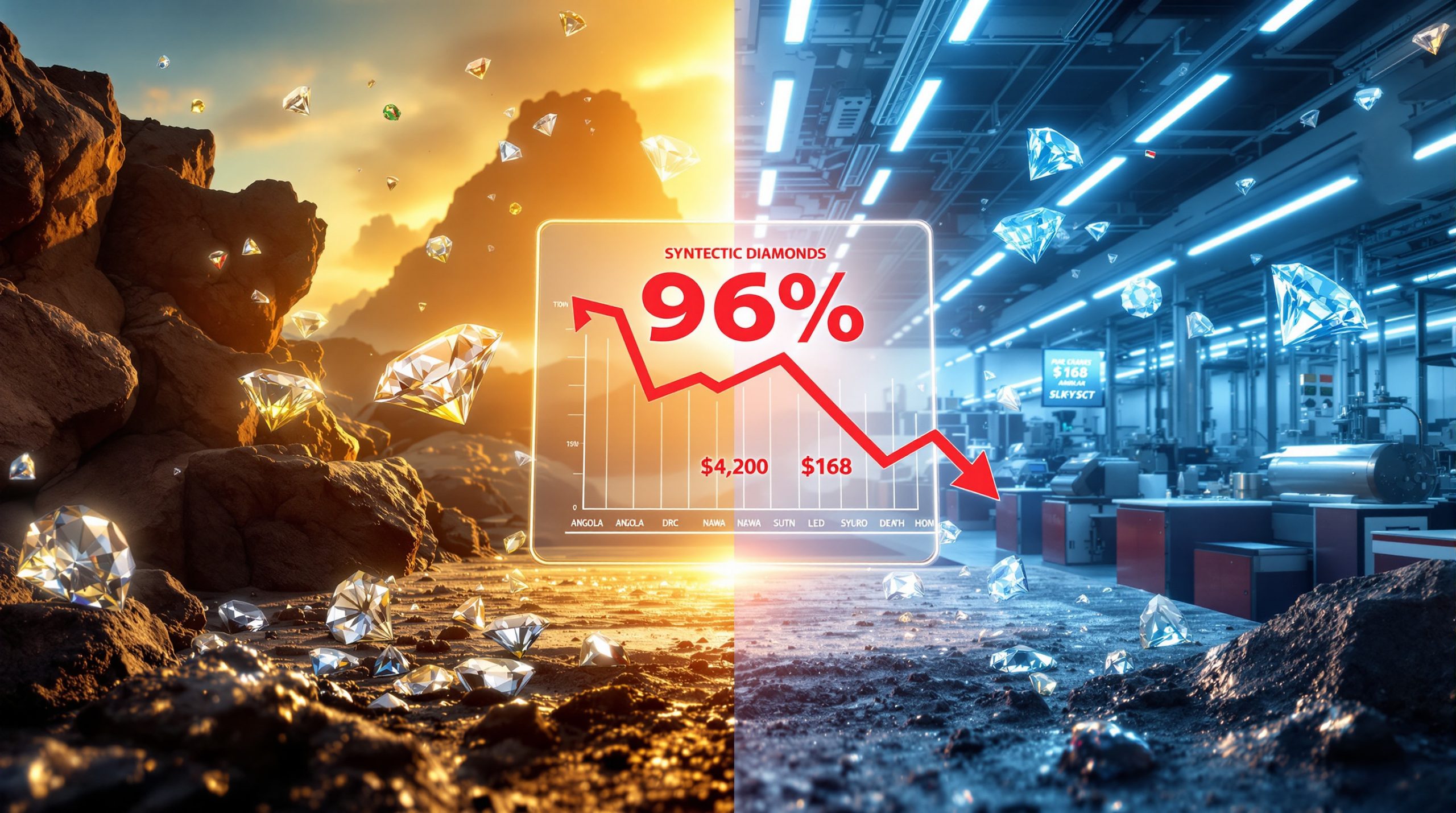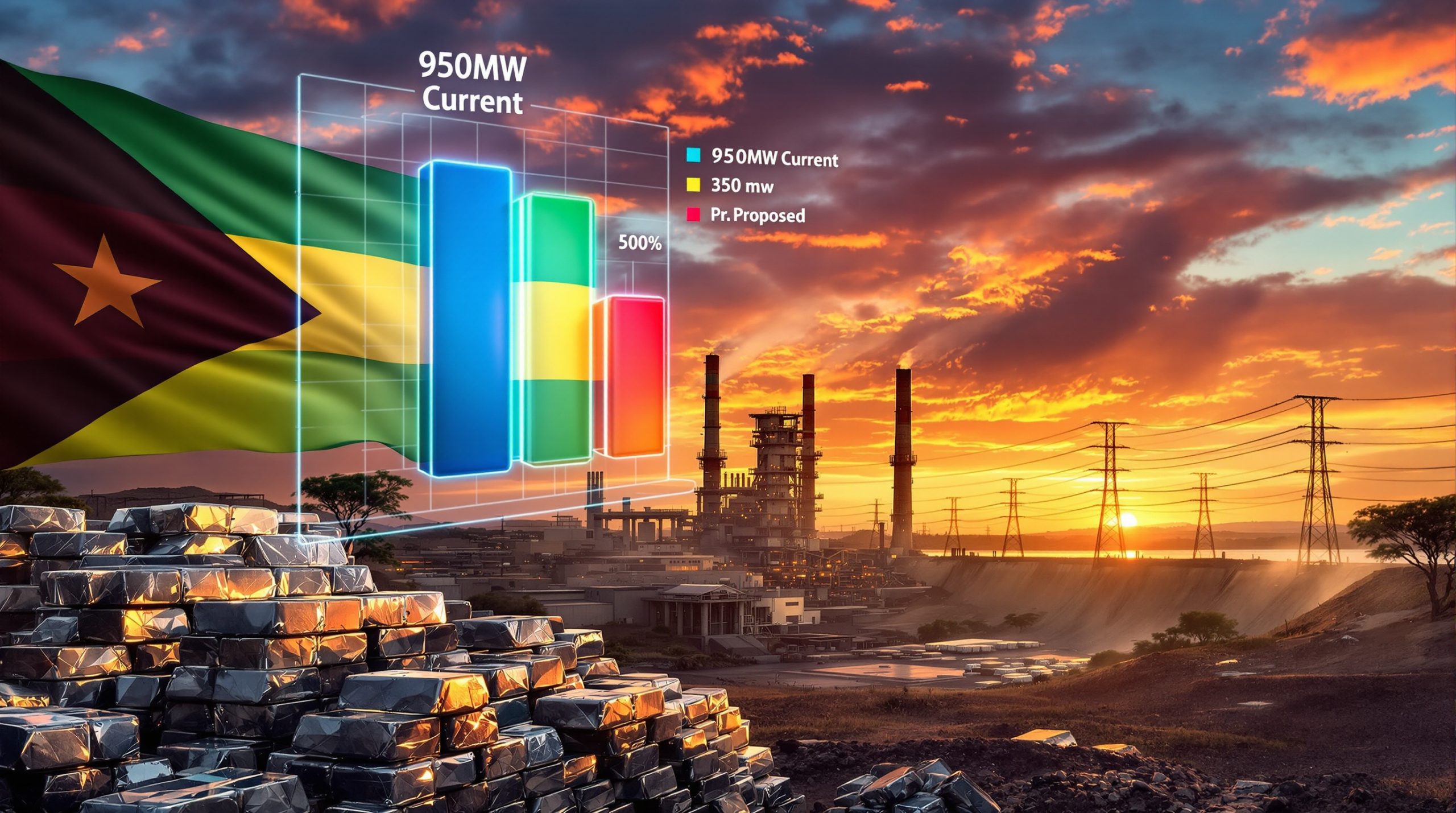Peru Copper Output: Production Trends and Industry Analysis
Peru's copper industry remains a cornerstone of its economy, with recent data indicating stable production levels amid global market shifts. In February 2025, output reached 216,955 metric tons, reflecting a marginal 0.01% year-over-year increase. This stability occurs despite logistical challenges, such as interrupted copper concentrate transit at the Las Bambas mine, which nonetheless saw a remarkable 58.4% production surge. The country produced 2.74 million tons in 2024, marking its first annual decline after four consecutive years of growth. Forecasts project a 2–4% production increase for 2025, driven by operational recoveries and strategic investments. Peru currently ranks as the world's third-largest copper producer, having been overtaken by the Democratic Republic of Congo (DRC) in 2023, while Chile retains its top position. The industry's trajectory hinges on resolving infrastructure bottlenecks, geopolitical stability, and aligning with global copper market 2025 standards.
What Is Peru's Current Copper Production Status?
February 2025 Production Figures
Peru's copper output in February 2025 totaled 216,955 metric tons, a near-negligible 0.01% increase compared to February 2024. This stagnation underscores the industry's resilience amid operational disruptions, particularly at the Las Bambas mine, which reported a 58.4% production spike despite a two-day halt in copper concentrate transit. The mine's rebound highlights improved conflict resolution strategies with local communities, which have historically hampered operations. Analysts attribute the flat growth to unresolved systemic issues, including aging infrastructure and fluctuating copper price dynamics.
Recent Annual Production Performance
In 2024, Peru's copper production fell to 2.74 million tons, ending a four-year growth streak. This decline contrasts with the 2.83 million tons produced in 2023, signaling vulnerabilities in sustained output. Julia Torreblanca, head of Peru's National Mining, Oil, and Energy Society, attributes the dip to prolonged social conflicts and regulatory delays in mining projects. However, the sector is poised for recovery, with a projected 2–4% production increase in 2025 fueled by expansions at key mines and streamlined permitting processes.
How Does Peru Rank in Global Copper Production?
Peru's Global Position
Peru holds the third position in global copper production, contributing approximately 10% of the world's supply. In 2023, the Democratic Republic of Congo (DRC) surpassed Peru, leveraging its vast untapped reserves and foreign investments in cobalt-copper projects. Chile remains the undisputed leader, producing over 5 million tons annually due to its state-owned Codelco and Escondida, the world's largest copper mine. Peru's decline reflects competitive pressures from African nations and Indonesia, which are rapidly scaling up mining operations. Understanding these shifts requires analysis of top copper mines insights.
Competitive Landscape
The DRC's ascent to second place stems from its Kolwezi and Kamoa-Kakula projects, which produced over 2.5 million tons in 2023. Meanwhile, Chile's dominance is reinforced by its advanced extraction technologies and stable investment climate. Peru faces challenges from emerging producers like Zambia and Argentina, which are attracting capital through tax incentives and streamlined regulations. This shifting hierarchy underscores the need for Peru to modernize infrastructure and strengthen community engagement to regain market share.
Which Mines Drive Peru's Copper Production?
Key Production Centers
The Las Bambas mine, operated by MMG Ltd, contributes over 20% of Peru's copper output, producing 58.4% more in February 2025 than the previous year. Other significant mines include Antamina (a joint venture between BHP, Glencore, and Teck) and Cerro Verde (Freeport-McMoRan), which collectively account for 40% of national production. These sites benefit from high-grade ore deposits, though their remote locations complicate logistics. Furthermore, industry specialists highlight that Peru's production challenges mirror those faced in the Cobre Panamá dispute, particularly regarding community relations.
Production Challenges and Interruptions
Las Bambas' recent two-day transit interruption exemplifies recurring logistical hurdles, as protests block critical supply routes. The mine's reliance on a single highway for concentrate transport leaves it vulnerable to community disputes. Additionally, water scarcity and environmental compliance costs strain operations. For instance, stricter emissions regulations have forced mines to invest in cleaner technologies, increasing operational expenses by 15–20% since 2023. According to a Reuters report, these challenges could limit growth projections despite favorable market conditions.
What Factors Influence Peru's Copper Industry?
Market and Economic Factors
Global copper prices, currently at $9,200 per ton, dictate investment viability. Rising demand for electric vehicles (EVs) and renewable energy infrastructure has driven a 12% price increase since 2023, incentivizing production expansions. The transition toward copper clean energy shift is particularly influential. However, trade tensions between the U.S. and China threaten export stability, as China absorbs 60% of Peru's copper exports.
Operational Considerations
Peru's mountainous terrain necessitates costly infrastructure projects, such as the $1.5 billion Southern Peruvian Copper Corridor, aimed at connecting mines to ports by 2026. Processing capacity is another bottleneck, with smelters operating at 85% utilization due to sulfur dioxide emission limits. The government's push for phased emission reductions by 2030 compels miners to adopt electric trucks and hydrogen-based processing methods. As Mining Technology notes, these operational challenges have persisted through 2024, hampering production consistency.
FAQ About Peru's Copper Industry
Is Peru Expected to Regain Its Position as the Second-Largest Copper Producer?
Reclaiming the second position requires Peru to exceed its 2–4% growth projection and outpace the DRC's 8% annual production increase. This would necessitate expediting stalled projects like Quellaveco's Phase II expansion and resolving permitting delays within six months—a target deemed ambitious by industry analysts.
What Challenges Does Peru's Copper Industry Face?
Persistent challenges include:
Infrastructure Deficits: Only 30% of mining roads are paved, causing delays and higher transport costs.
Community Relations: Over 200 social conflicts were logged in 2024, primarily over water rights and land use.
Regulatory Uncertainty: Frequent changes in environmental policies deter long-term investments.
How Important Is Copper to Peru's Economy?
Copper constitutes 60% of Peru's export revenue, generating $45 billion annually. The sector employs over 200,000 workers directly and supports 1 million indirect jobs, making it indispensable to economic stability.
Conclusion
Peru's copper industry stands at a crossroads, balancing growth potential with systemic challenges. While Las Bambas' recovery and rising global demand offer optimism, infrastructure modernization and community-centric policies are critical for sustained competitiveness. Strategic partnerships with technology providers and lenders could accelerate the adoption of sustainable practices, ensuring Peru remains a key player in the global copper market.
Ready to Spot the Next Big Copper Mining Discovery?
Stay ahead of the market with real-time alerts on significant ASX mineral discoveries, powered by Discovery Alert's proprietary Discovery IQ model. Explore why major copper discoveries can lead to exceptional returns by visiting our dedicated discoveries page and start your 30-day free trial today.




